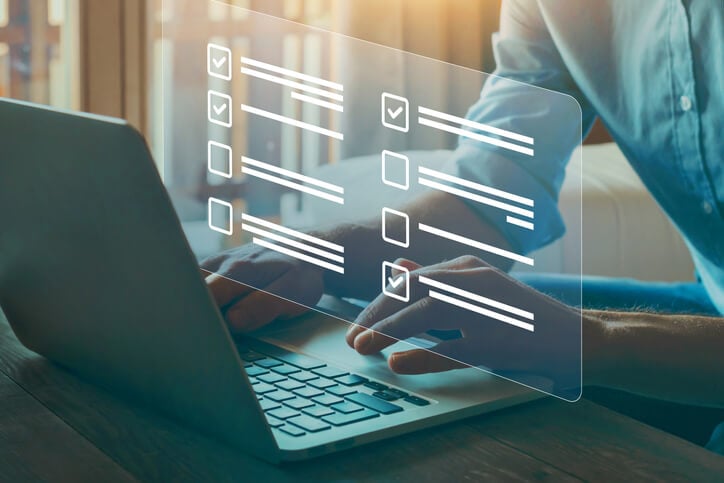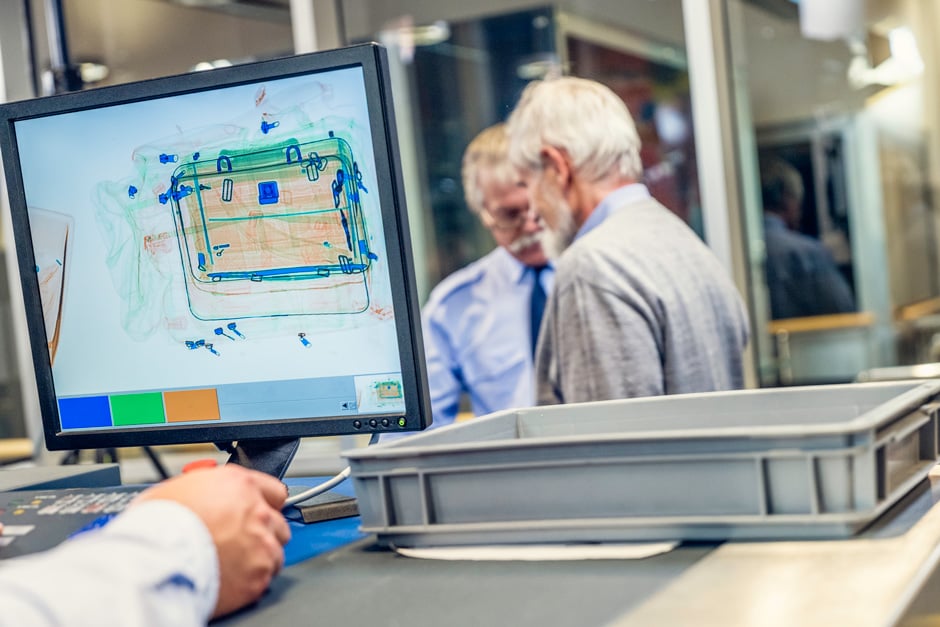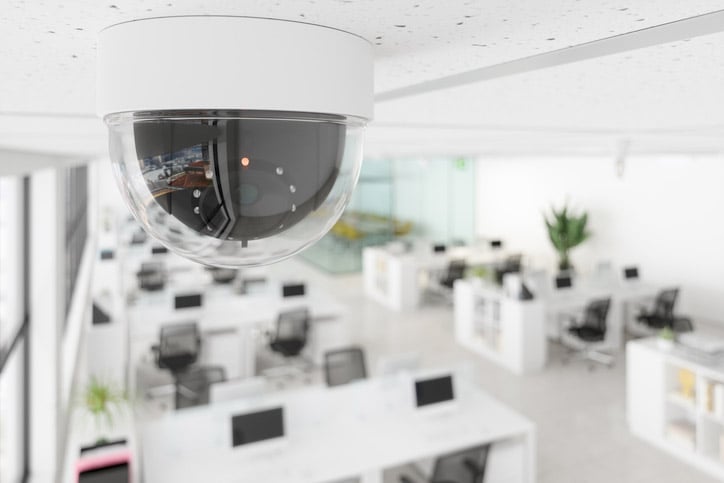The RPL Assessment Process
[Updated 10th of March 2023]
RPL or recognised prior learning is a fast and relatively easy pathway to gaining a nationally recognised qualification. But the process can confuse people – how can you get a qualification without studying?
What is RPL?
RPL stands for recognition of prior learning and it’s a system for gaining a qualification that skips the studying and completing assessments part of the process.
Usually when completing a qualification, you would need to commit to either months or years’ worth of study. You would be studying course materials, attending zoom or in-person classes and then completing assignments, project work and exams to test your understanding of the course material.
With RPL, you are assessed based on your previous experience. This could be working history, previous studies, or volunteer work you’ve completed. Basically, RPL is a way to gain qualifications through recognition of your learnings outside of the classroom setting.
The RPL Assessment Process
An RPL assessment can be a quick and easy way to be awarded a nationally recognised qualification. In vocational education and training, recognition of prior learning is common practice but that doesn’t necessarily mean that the RPL assessment process is commonly known or understood.
RPL assessment is a very specialised way of recognising the skills and experience of a person and aligning those with the relevant units of competency within a qualification. Notice I said aligning with units of competency, not with qualifications. This is because to be awarded a qualification you need to be assessed as proficient in multiple units of competency.
What is a unit of competency?
A Unit of Competency is the smallest component of a Training Package that can be assessed and recognised. It gives a description of the skills and knowledge required to perform effectively to a specific standard in a particular workplace role or function.
Why is an RPL assessment aligned to a unit of competency?
Each training package consists of a number of qualifications, that consist of a number of units of competency.
You can be awarded the same qualification as someone else, for instance a Diploma of Quality Auditing, but the units of competency that make up that qualification might be completely different.
Qualifications allow you to pick units of competency that relate more specifically to your skills and knowledge or the outcome you want to achieve from receiving the qualification, so long as they fit within the training package rules.
We use units of competency within RPL assessments because they are the parts of a training package that contain:
- Elements
- Performance criteria
- Required skills
- Required knowledge
Against these, we can measure your eligibility for RPL.
Example of RPL Evidence
In RPL assessments, you will be provided with a mapping document. This outlines the competencies of the unit and asks you to provide evidence against each of these competencies.
Let’s take for example the Diploma of Quality Auditing. If you have been participating in audits or helping to prepare for them in your current or recent roles but don’t have a transferable qualification to show for it, we can use RPL to examine your skills and determine your eligibility for the qualification.
One of the units of competency within the Diploma of Quality Auditing is BSBAUD411 Participate in a Quality Audits. To be eligible for RPL for this unit of competency you must demonstrate your knowledge of the elements and your ability to perform the functions under the performance criteria.

To do this, you can provide documents that showcases your abilities aligned to the performance and knowledge evidence dot points of this unit, which makes it much easier for you to know exactly what you need to provide.

The types of evidence you might provide here could include:
- Quality audit reports
- Audit checklists
- Risk management plans
- Compliance documents
- Policies and procedures
- Audit plans
- Emails and copies of meeting requests relating to your participation
- Meeting minutes including audit opening and closing meeting minutes
- Audit schedules
- Copies of standards against which you have been audited
Can you see how these documents relate to the unit of competency and come together to showcase that you have in fact participated in a quality audit or basically, you have an understanding of the audit process?
Instead of completing the activities, you are providing ones you have completed already!
You would then continue on with this process for each unit of competency you have selected that meets the training package rules for the qualification.
How long does the RPL process take?
The RPL process can be as short as few weeks or as long as a few months depending on how long it takes you to gather all your evidence. Once it’s all gathered it’s simply a matter of the RPL assessor going through each piece and confirming you have met all the competencies for that unit.
What if you don’t have enough evidence?
This question comes up a lot for prospective RPL students.
Prior to enrolling, you can complete a free skills assessment. This is a simple online form that asks for your resume as well as gathering some key information about your working history.
Our RPL assessor uses this to determine whether you’d be a good candidate for RPL. So, before you even enrol, your eligibility has been assessed, which results in it being less likely that you won’t meet the evidence requirements for the competencies.
However, if you and your RPL assessor find that you are not able to meet the evidence requirements for one or more units of competency within your chosen qualification, don’t worry. You can usually still study these units to gain the qualification.
Overall, the process will still take less time and be more cost-effective than completing the whole course through full study.
While the RPL process can seem complicated, it really is simpler than it looks. If you have further questions, get in touch with our team.




